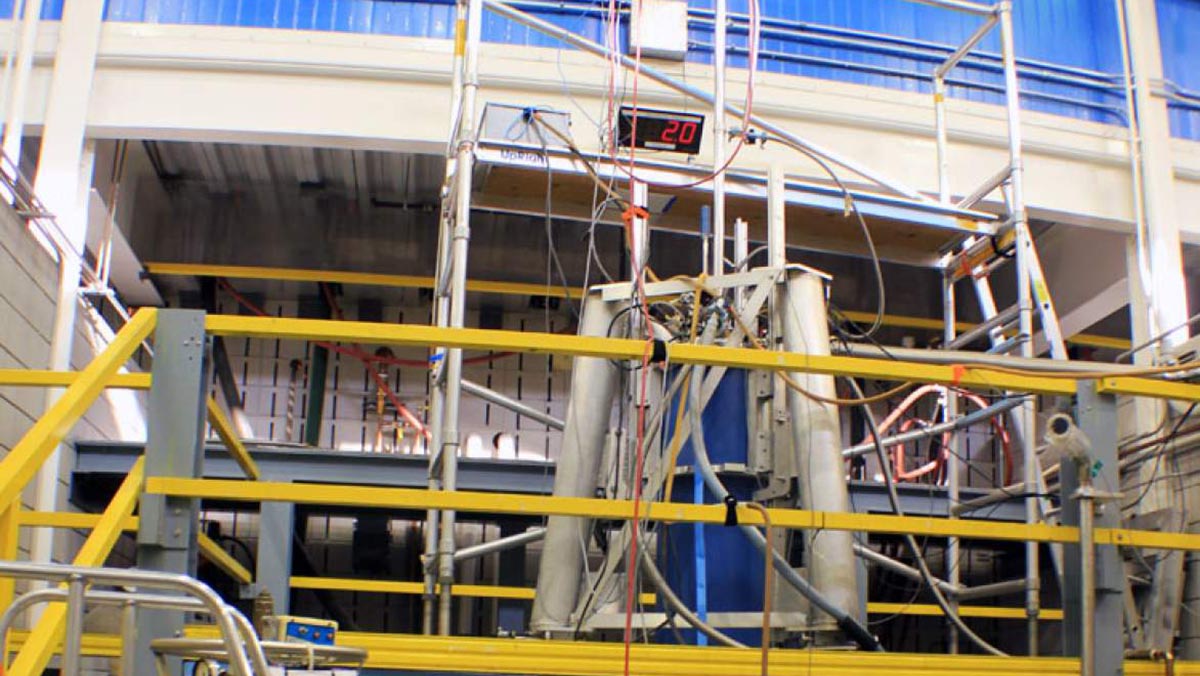
Dilution fridges owe their cooling power to the incredible element helium. This animation illustrates how dil fridges exploit the element's properties to make things very, very cold.
Dilution fridges (dil fridge for short) owe their cooling power to the incredible element helium and its two isotopes, helium-3 (3He) and helium-4 (4He). Though most people are familiar with it as the gas inside their party balloons (4He), helium can also condense into a liquid – but only at the very low temperature of 4.2 Kelvin (-269 degrees Celsius, or -452 degrees Fahrenheit). This property makes helium a very valuable cryogen in science. Using a condensation/evaporation cycle not unlike that of a kitchen refrigerator, a dil fridge takes 4.2 K liquid helium way down to 1.5 K.
The animation below illustrates how a dil fridge works. Use the play button to advance through the stages of operation.
Read Cryogenics for English Majors, a primer on the topic.
Last modified on 02 December 2022